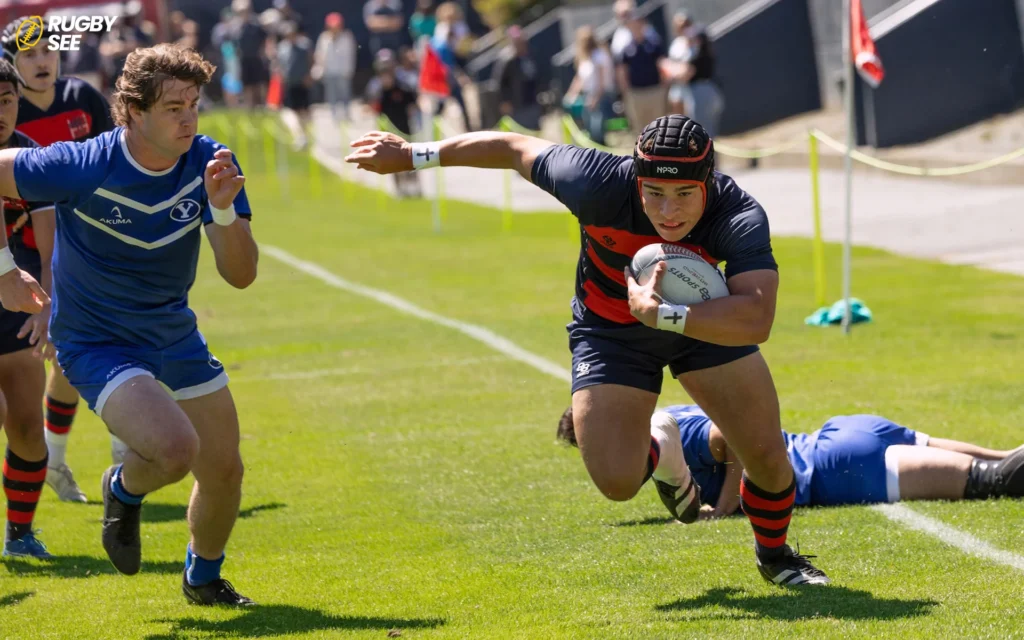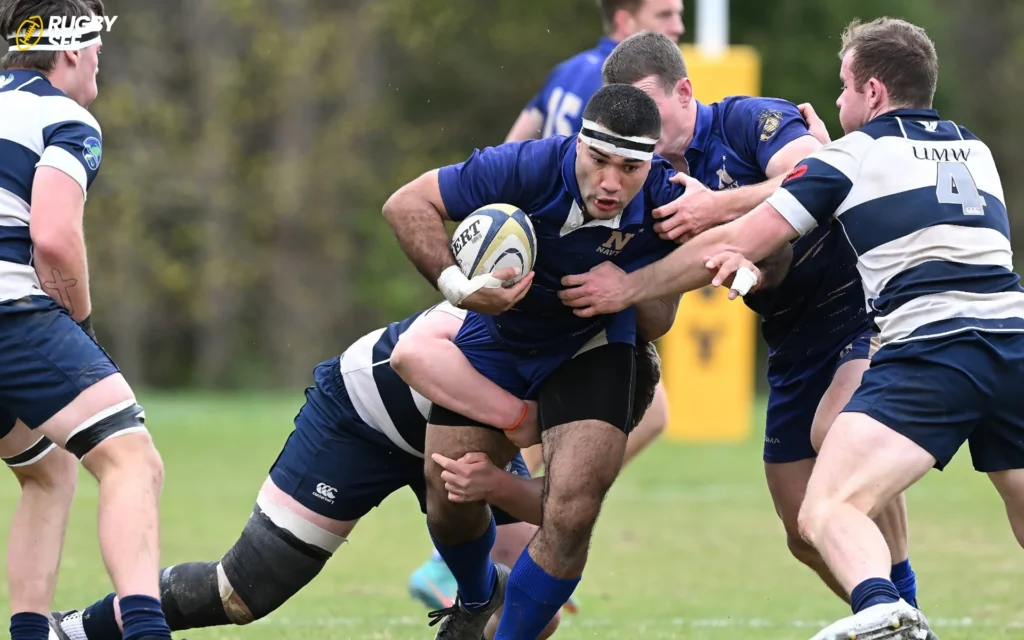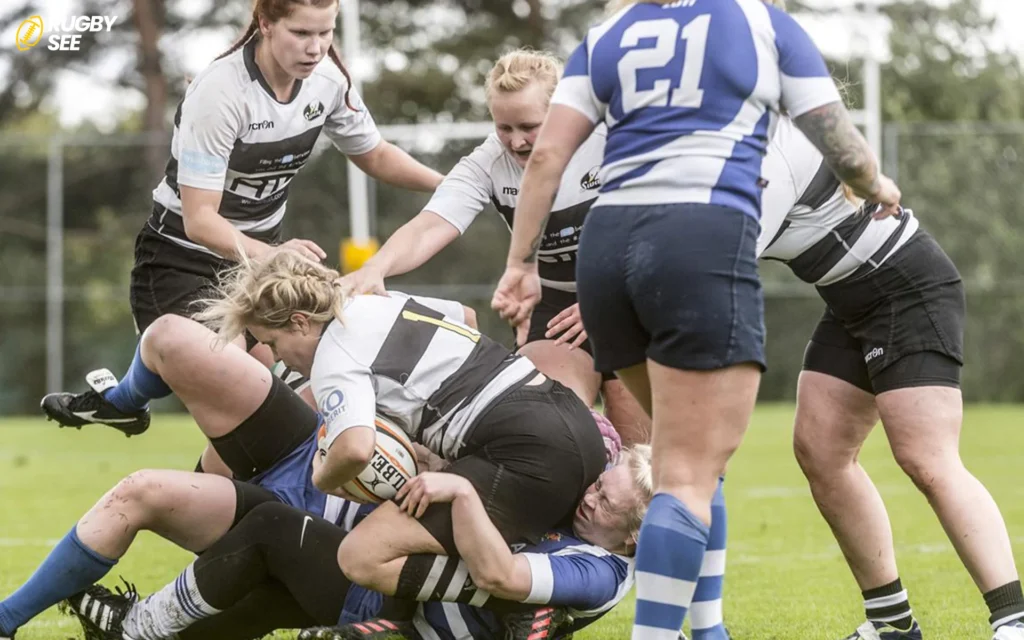A sport loved by millions around the world, rugby is renowned for its physicality, strategy and teamwork. In the dynamic nature of the game are its positions, each of which has specific roles and responsibilities on the field. In this comprehensive guide to Rugbysee, we delve into the intricacies of rugby positions and explore their importance, characteristics and evolution over time.
Understanding Rugby Positions:
Unlike some sports with fixed player roles, such as soccer or basketball, rugby boasts a diverse array of positions, each tailored to accommodate different skill sets and physical attributes. These positions can be broadly categorized into forwards and backs, with distinct roles and functions within each category.
Forwards:
The forward pack forms the foundation of a rugby team, providing the muscle and grit necessary to gain possession, maintain momentum, and create scoring opportunities. Within the forward contingent, several key positions play pivotal roles:
- Props: Positioned in the front row of the scrum, props provide stability and power, anchoring the scrum and exerting pressure on the opposition.
- Hooker: Occupying the middle position in the front row, the hooker is responsible for “hooking” the ball with their foot during scrums and throwing accurately during lineouts.
- Locks (Second Row): Often the tallest players on the team, locks are essential for lineout contests, where their height and jumping ability enable them to secure possession.

- Flankers: Positioned on the sides of the scrum, flankers are versatile players tasked with winning turnovers, tackling ferociously, and providing support in both attack and defense.
- Number Eight: Situated at the rear of the scrum, the number eight serves as the link between the forwards and backs, combining power with agility to carry the ball forward and initiate attacking moves and if you want to know about Rugby Players Earning in a Week read How much rugby union players earn per week?
Backs:
In contrast to the forwards’ emphasis on physicality and set-piece dominance, the backs specialize in speed, agility, and skillful ball-handling. The backline comprises various positions, each with distinct roles and responsibilities:
- Scrum-Half: As the primary link between forwards and backs, the scrum-half orchestrates play, delivering crisp passes from scrums and rucks while exploiting gaps in the opposition’s defense.
- Fly-Half: Often regarded as the playmaker, the fly-half directs the team’s attacking strategy, dictating tempo, distributing the ball to runners, and executing tactical kicks to gain territory.
- Centers: Consisting of inside and outside centers, this duo forms the midfield axis, combining defensive solidity with attacking flair. Centers must possess strong tackling abilities, creative vision, and the capacity to break through defensive lines.
- Wingers: Positioned on the edges of the field, wingers are renowned for their speed and finishing prowess. Their primary objective is to exploit space, evade defenders, and score tries in the corners.
- Fullback: The last line of defense, the fullback is responsible for fielding kicks, launching counterattacks, and organizing defensive cover. Fullbacks must exhibit exceptional positional awareness, aerial skills, and kicking proficiency.
Evolution of Positions in Rugby:
Throughout rugby’s rich history, the roles and responsibilities associated with each position have evolved in response to changes in the game’s laws, tactics, and player attributes. Traditionally, rugby was characterized by a more rigid positional structure, with players confined to specific roles based on their physical stature and skill set.
However, modern rugby has witnessed a shift towards greater fluidity and versatility, with players expected to possess a broader range of skills and adaptability across multiple positions. This trend is epitomized by the emergence of “utility players” capable of seamlessly transitioning between forward and back positions, providing coaches with valuable tactical flexibility and squad depth.

The Future of Rugby Positions:
As rugby continues to evolve in the 21st century, fueled by advancements in training methods, technology, and sports science, the role of positions is likely to undergo further refinement and innovation. Coaches will seek to optimize player attributes and skill sets, strategically deploying them to exploit opposition weaknesses and maximize team performance.
Moreover, the increasing professionalization of the sport and the growing emphasis on analytics and data-driven decision-making are expected to influence player recruitment, development, and positional specialization. Teams may prioritize recruiting players with specific physical attributes and technical proficiencies tailored to their desired playing style and strategic objectives.
Optimizing Rugby Positions for Success:
In the quest for victory, coaches and teams are constantly refining their approach to player positioning, seeking the optimal balance between strength, skill, and strategy. This pursuit encompasses several key aspects:
- Tactical Flexibility: In today’s fast-paced and unpredictable game, the ability to adapt to changing circumstances is paramount. Coaches must cultivate a squad capable of seamlessly transitioning between different formations and game plans, utilizing players’ versatility to exploit opponents’ weaknesses and capitalize on scoring opportunities.
- Player Development: The cultivation of talent begins at the grassroots level, where aspiring rugby players are introduced to the fundamentals of the game and encouraged to develop their skills across multiple positions. Youth coaches play a crucial role in identifying and nurturing players’ strengths, instilling a passion for the sport and laying the foundation for future success.
- Strategic Recruitment: At the elite level, talent identification and recruitment assume heightened importance, with teams vying to secure the services of top-tier athletes capable of making significant contributions across various positions. Scouts and talent spotters scour the rugby landscape in search of players with the ideal combination of physical attributes, technical proficiency, and mental toughness to thrive in high-pressure environments.
- Data Analysis: In the age of analytics, data-driven insights are reshaping the way rugby teams approach player evaluation, selection, and performance analysis. Advanced metrics and statistical models enable coaches to assess players’ effectiveness in specific roles, identify areas for improvement, and tailor training programs to enhance individual and collective performance.
- Injury Management: Rugby is a physically demanding sport that inevitably carries a risk of injury. Effective injury prevention and rehabilitation strategies are essential for minimizing player downtime and maintaining squad depth throughout the grueling season. Sports science professionals work closely with coaches and medical staff to implement evidence-based protocols aimed at optimizing player health and well-being.

Looking Ahead:
As rugby continues to evolve and innovate, the role of positions will remain a focal point of discussion and debate among players, coaches, and fans alike. While tradition and heritage shape the essence of the game, the quest for progress and excellence drives teams to explore new tactics, formations, and strategies aimed at gaining a competitive edge.
Whether it’s the brute force of the forwards in the tight exchanges or the artistry of the backs in open play, rugby positions embody the diversity and dynamism of the sport, captivating audiences and inspiring generations of athletes around the globe. As the game enters a new era of growth and opportunity, the enduring allure of rugby positions serves as a testament to the sport’s enduring legacy and enduring appeal and if you want to know about Skinny Players read Can I Play Rugby If I’m Skinny? A Comprehensive Guide.
Conclusion:
In conclusion, rugby positions represent the cornerstone of the game’s tactical framework, reflecting the diverse skill sets and attributes of players across the field. From the raw power of the forwards to the precision and finesse of the backs, each position contributes uniquely to the team’s success, shaping the ebb and flow of the game.
By optimizing player positioning through strategic recruitment, talent development, and data-driven analysis, teams can unlock their full potential and achieve sustained success on the field. As rugby continues to evolve and adapt to changing trends and demands, the role of positions will remain central to the sport’s identity, preserving its rich tradition while embracing innovation and progress.
Rugby positions play a vital role in shaping the dynamics of the game, reflecting the diverse skill sets and attributes of players across the field. From the bruising physicality of forwards to the finesse and flair of backs, each position contributes uniquely to the team’s success, forging a cohesive unit capable of overcoming formidable challenges.
As rugby continues to captivate audiences worldwide and evolve in response to changing trends and demands, the significance of positions will endure, serving as a cornerstone of the sport’s enduring appeal and competitive spirit. Whether scrummaging in the trenches or executing precision backline moves, rugby players embody the essence of teamwork, resilience, and passion, embodying the ethos of the game for generations to come.










